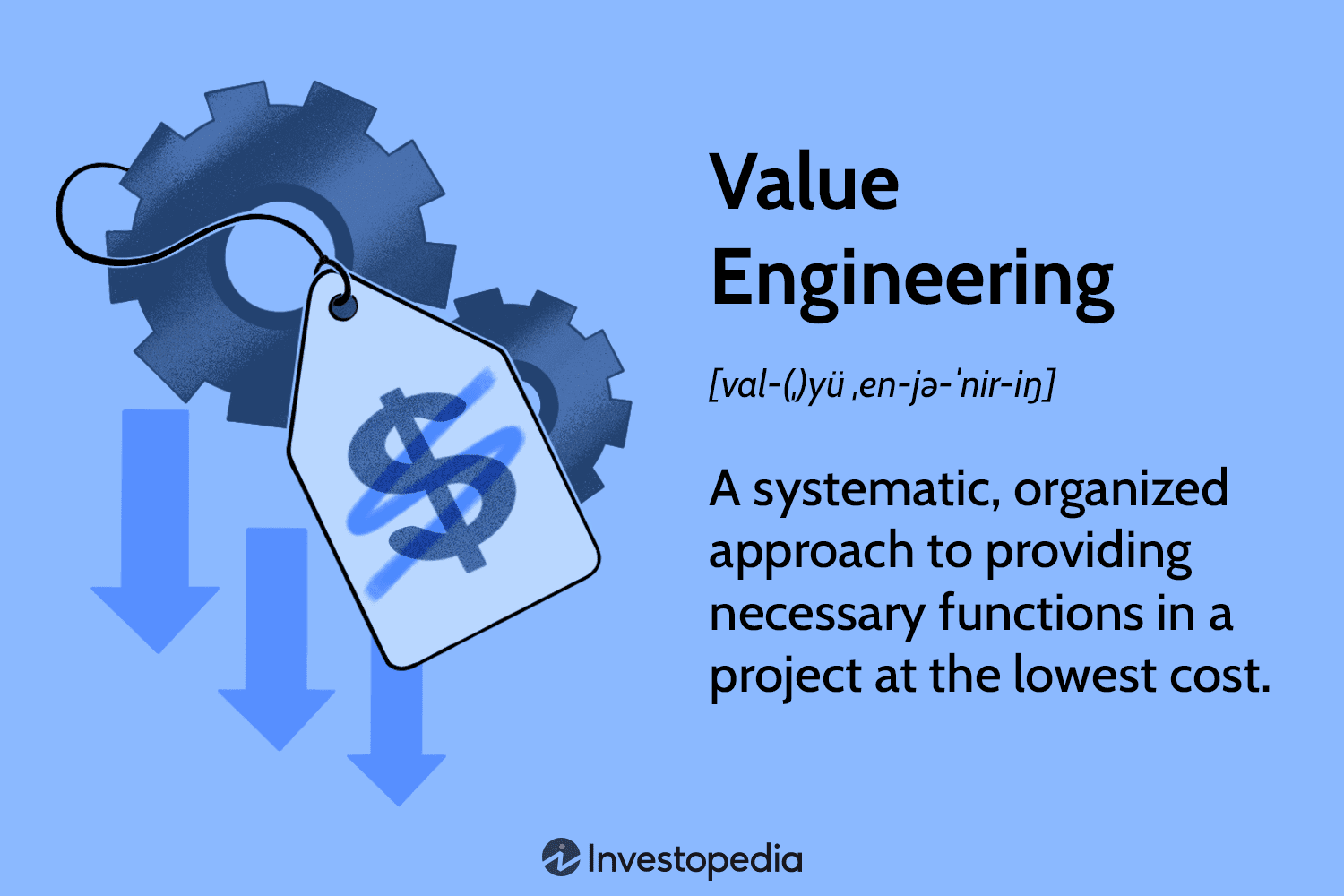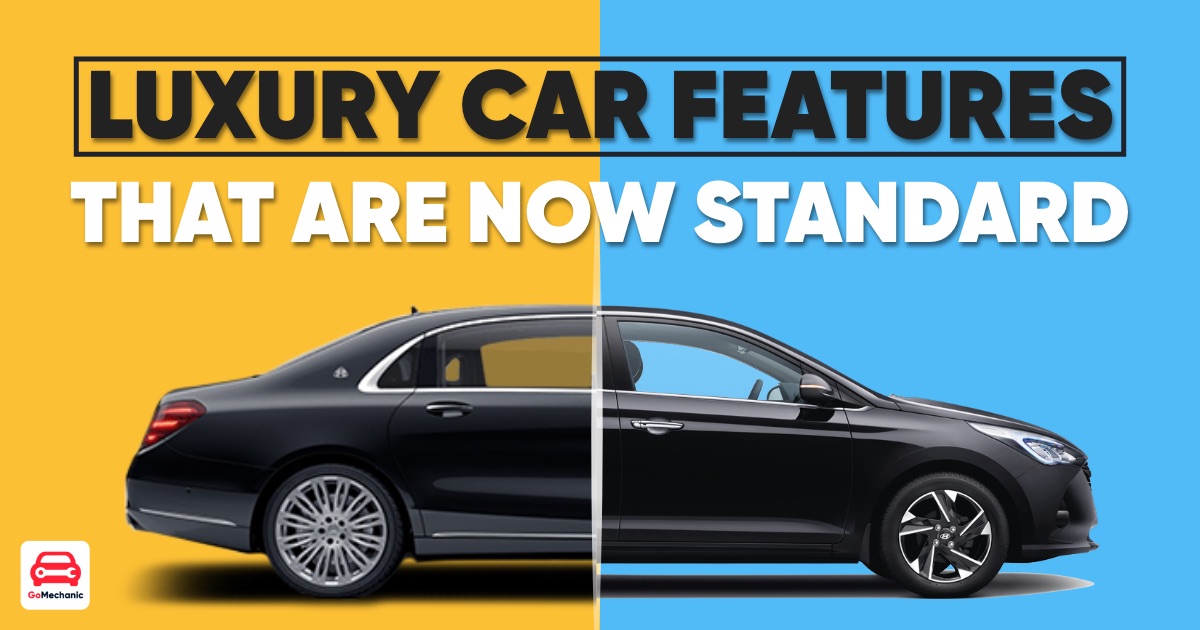Introduction
- Introduce the concept of balancing cost and quality when purchasing new or used cars.
- Highlight the importance of making informed decisions to maximize value and satisfaction.

1. Factors Influencing Value
- Cost Considerations: Discuss upfront purchase price, financing options, and potential depreciation for both new and used cars.
- Quality Factors: Consider reliability, safety ratings, fuel efficiency, warranty coverage, and resale value as indicators of quality.
2. New Car Purchase Considerations
- Initial Cost vs. Long-Term Benefits: Explain how higher initial costs of new cars can be offset by lower maintenance expenses, warranty coverage, and advanced features.
- Depreciation: Discuss the rate of depreciation and how it affects the resale value and overall cost of ownership.
3. Used Car Purchase Considerations
- Lower Purchase Price: Highlight the affordability of used cars compared to new ones, offering potential savings and value.
- Condition and History: Importance of evaluating the car’s condition, mileage, service history, and potential for repairs to assess overall value.
4. Assessing Quality
- Reliability and Durability: Consider reliability ratings from consumer reports and reviews, focusing on long-term performance and owner satisfaction.
- Safety Features: Evaluate standard safety features, crash test ratings, and advanced driver assistance systems (ADAS) available in both new and used cars.
5. Cost of Ownership
- Maintenance Costs: Compare expected maintenance costs, including routine services, repairs, and replacement parts, for new versus used vehicles.
- Fuel Efficiency: Discuss the impact of fuel efficiency on ongoing operating costs and environmental considerations.
6. Warranty and Coverage
- New Car Warranties: Highlight manufacturer warranties, including coverage for repairs and roadside assistance, enhancing value and peace of mind.
- Certified Pre-Owned (CPO) Benefits: Discuss extended warranties and comprehensive inspections offered by CPO programs, bridging the gap between new and used car benefits.
7. Personal Preferences and Needs
- Lifestyle Fit: Consider factors such as seating capacity, cargo space, technology features, and driving preferences when assessing value.
- Research and Test Drive: Importance of researching multiple options, reading reviews, and test driving vehicles to ensure they meet personal needs and expectations.
8. Financial Planning and Budgeting
- Affordability: Discuss the importance of setting a budget and considering financing options, loan terms, and insurance premiums when purchasing a car.
- Long-Term Financial Impact: Evaluate the overall financial impact, including potential savings, resale value, and total cost of ownership over the vehicle’s lifespan.
Conclusion
- Recap the value equation of balancing cost and quality when purchasing new or used cars.
- Encourage consumers to conduct thorough research, assess their needs, and consider long-term costs and benefits to make informed decisions.
- Emphasize the importance of maximizing value and satisfaction in car purchases, aligning with personal preferences, financial goals, and lifestyle needs.
By carefully balancing cost considerations with quality factors and personal preferences, consumers can maximize the value of their new or used car purchases, ensuring satisfaction, reliability, and financial prudence in their automotive investments.



